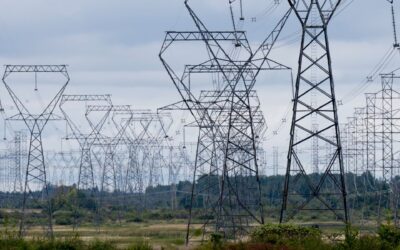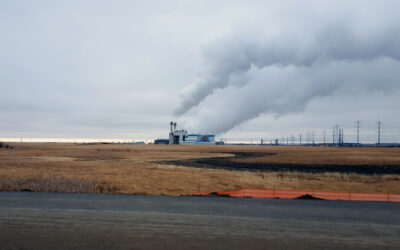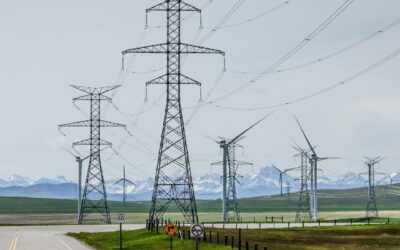This article was previously published in the Edmonton Journal.
This week, conversations at Climate Week in New York and the World Petroleum Congress in Calgary are framing very different answers to that question — without much overlap.
Maybe that’s because there’s more than one way to measure “best.” In fact, the most practical way to spur the oil and gas sector toward reducing emissions is to design policy that delivers on multiple objectives, using multiple approaches. Done right, a policy package can be greater than the sum of its individual parts.
Let’s start with the objectives of climate policy.
Yes, emissions in the sector are a problem. While most sectors of Canada’s economy have seen climate pollution peak and begin to decline since 2005, emissions from the oil and gas sector remain stubbornly high. Increasingly, emissions in the oil and gas sector are making it harder for Canada to achieve its emissions goals.
Costs matter too. Oil and gas still occupies an important segment of Canada’s economy, generating around five per cent of GDP, and the sector has boosted incomes for workers in oil and gas-producing provinces. It also generates significant revenue — from both income tax and resource royalties — for provincial governments. That’s why policy that aggressively phases-down oil and gas production in Canada isn’t a viable option: it would no doubt reduce Canada’s emissions, but at a high cost.
At the same time, sound climate policy should consider how regions can attract and maintain investment through a global shift toward net zero — and the decline in demand for fossil fuels that will come with it. Even in the Canada Energy Regulator’s scenario where the rest of the world moves more slowly toward net zero, Canadian oil production falls by 22 per cent and its gas production by 37 per cent by 2050 (from 2022 levels). But over time, and with the right policy signals, the oil and gas sector might well transform itself to serve new markets for goods and services, even those beyond fuels, that are consistent with a net zero global economy.
Finally, and perhaps controversially, sound policy should share both costs and emissions reductions fairly across regions within Canada. That challenge cuts both ways: Provinces such as Alberta and Saskatchewan see the prospect of policy targeting the oil and gas sector — such as a cap on oil and gas emissions — as unfair. But absent targeted policy, oil and gas emissions are projected to keep growing, given the high cost of reducing emissions in the sector. As a result, achieving targets requires other sectors and other regions to reduce emissions even more deeply and do more of the heavy lifting, essentially getting a smaller share of Canada’s allowable emissions.
How, then, can we reconcile these differences? In a new discussion paper, we propose that four specific policies can set the oil and gas sector on a path to a competitive future consistent with a net zero Canada and a net zero world.
Increasingly stringent regulations on methane emissions can drive low-cost emissions reductions and can deliver around one third of the emissions reductions required to align the sector with 2030 targets. They can also make sure that future sources of growth, such as hydrogen production, truly are consistent with net zero.
A cap on oil and gas emissions is a major part of ensuring Canada can achieve its 2030 and 2050 climate targets. It ensures that other policies, such as government support for emissions reductions in the sector, don’t undermine achieving emissions goals by locking in emissions-intensive projects. And it ensures that the sector and the regions in which it operates are contributing to Canada’s net zero progress.
Smart public financial support for technologies like carbon capture can help the sector meet its obligations under the oil and gas cap, addressing fairness concerns from facing a higher carbon price. It can also offer value for public dollars even in the face of declining international demand for oil and gas by supporting carbon capture infrastructure that other sectors can use (while leveraging private oil and gas investment dollars).
And a government-backed Climate Investment Taxonomy can help the oil and gas sector raise transition-aligned capital from the private sector to help pay for new investments under both the emissions cap and methane regulations, supporting low-carbon competitiveness but also cost-effective transitions to net zero.
Together, these four policies complement each other, helping to ensure that the oil and gas sector contributes to Canada’s clean energy transition, while supporting economic growth and long-term competitiveness. This package of policies would be fair for fossil fuel-producing provinces, the federal government, the industry, and the rest of Canada.
And that just might be a ticket to credible, durable climate policy for Canada’s oil and gas sector.








